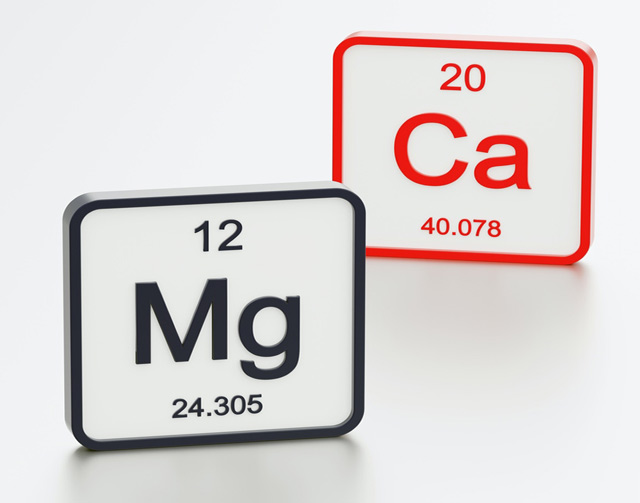When it comes to migraines, a number of pharmaceutical treatments are available to use after the onset of an attack. But every person who has suffered a migraine attack also wants to know what steps they can take to reduce the likelihood of an attack in the first place.
According to new research, increasing dietary intake of two critical minerals—calcium and magnesium—is one of those steps.
According to the researchers, studies that directly examine the association between calcium and magnesium intake and the onset of migraines is rare. By reviewing six years of data on almost 11,000 migraine patients, the researchers hoped to address this lack of data.
The study, published March 5, 2021 in Frontiers in Nutrition, utilized data from the National Health and Nutrition Examination Surveys (NHANES). The study was conducted at Harbin Medical University in Harbin, China.
Study details
The NHANES data contained information information on demographics, physical examinations, laboratory tests, diet surveys and other health-related questions. From this data, researchers were able to determine approximately 20% of the population reports suffering from migraines.
At this point researchers assessed the dietary intake of calcium and magnesium—from diet and supplements—using the 24-hour dietary recall in the NHANES.
The study determined that people with the highest intake of dietary calcium were at reduced odds of getting migraines, compared to the lower intake group. “Highest intake” was considered to be 1,149mg/day, while “low intake” was considered to be in the 378-571 mg/day.
Similarly, for dietary magnesium, the highest intake (greater than 371mg/day) was at lower odds of getting migraine compared to the lower intake group (161-217mg/day).
Using highly-technical terms, researchers surmised that magnesium helped prevent migraines by, “Inhibiting neuronal over-excitation, counteracting vasospasm, and reducing the formation of inflammatory mediators.”
Benefits of synergy
The researchers also commented on the synergy of the two minerals: “Calcium and magnesium may also work synergistically in the synthesis and release of various neurotransmitters and inflammatory mediators, which help the nervous system function normally and relieve nerve tension.”
An additional finding of the study was that the average intake of daily calcium and magnesium of U.S. adults was lower than the government’s Recommended Daily Allowance—a recommended amount that many health advocates already feel is inadequate.
“American adults should raise their awareness of RDA for calcium and magnesium and increase dietary calcium and magnesium intake, which may become an effective way to prevent migraine,” the researchers wrote.
The fact that migraines are on the rise in the U.S.—with approximately one in five people reporting migraine attacks—the link to inadequate calcium and magnesium intake may one day be proven to be more than a casual observation.
Good sources of magnesium include green leafy vegetables, fruits, whole grains, nuts, seeds, fish, and legumes. Good sources of calcium include raw dairy foods, non-GMO soy products, whole grains, and wild-caught seafood.
Magnesium and calcium can be found in maintenance levels in many Optimal Health Systems formulas, including Whole Food Vitamin/Mineral and Opti Pak.
For therapeutic level intake, consider the higher dosages contained in our more concentrated formulas:
• Essential Magnesium
• BonePlus Calcium
– – –
Source: Frontiers in Nutrition.


